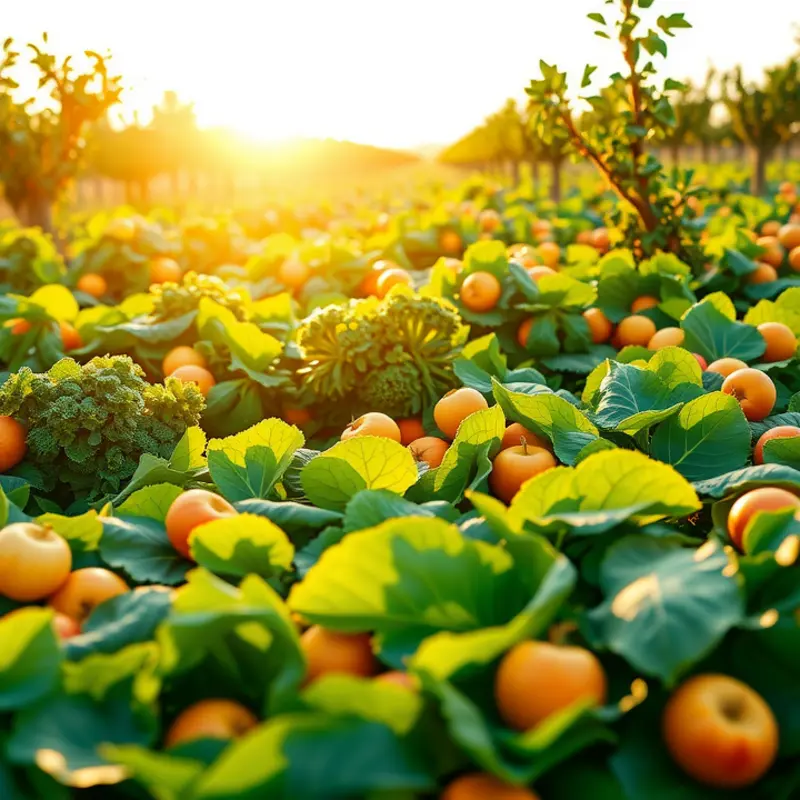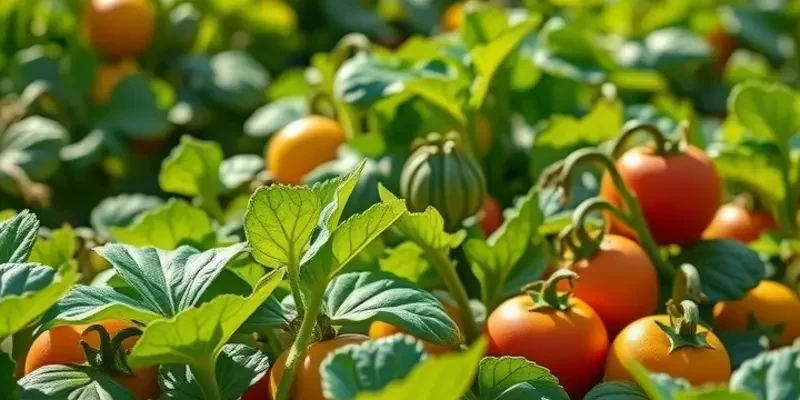Efficient food storage is essential for reducing waste and ensuring healthy eating at home. Reusable storage containers offer an eco-friendly solution that not only preserves freshness but also helps in managing your food supplies better. From choosing the right materials to optimizing organization, the right strategies can transform how you handle food in your kitchen.
Choosing the Right Reusable Storage Containers

Selecting the perfect reusable storage containers can transform how efficiently you manage your kitchen. With a variety of options on the market, it’s crucial to consider several factors to ensure your choices meet your needs. First, let’s explore the materials used in reusable storage containers. Glass, plastic, and silicone each have distinct advantages. Glass is an excellent option for those who prioritize durability and environmental friendliness. It offers a non-porous surface that doesn’t retain food odors or stains, though it can be heavier and more expensive. Plastic containers are lightweight and budget-friendly, but ensure they’re BPA-free to avoid potential health risks. Silicone, meanwhile, is flexible, durable, and often microwave-safe, making it a versatile option.
Size matters greatly when investing in reusable containers. Consider what you usually store. Do you need ample space for leftovers or smaller portions for meal prep? It’s efficient to have a range of sizes, from single-serve containers to larger ones that can hold substantial amounts for bulk storage. Being mindful of the dimensions can also optimize pantry or refrigerator space, avoiding an overstuffed, disorganized area.
The functionality of storage containers is another critical aspect. Containers with airtight seals are essential for prolonging freshness and preventing leaks, particularly for liquids. Some options come with dividable sections, useful for separating different foods while saving space. Others are stackable, minimizing clutter in your kitchen. For those who often freeze or microwave meals, ensure the materials can withstand these conditions without warping or releasing toxic substances.
Consider your lifestyle when deciding on container designs. If you frequently carry meals to work or have school-going children, look for options that offer secure lids and are easy to transport. Easy-to-clean materials will be beneficial if your schedule is busy, making cleanup less of a hassle. For more tips on low-waste cooking, you might find this guide on efficient meal prep helpful.
Lastly, assess the environmental impact of your choices. Opt for containers that reduce waste by lasting longer and are recyclable when they do reach the end of their life span. This not only aligns with responsible consumption principles but also contributes to a more sustainable lifestyle. Evaluating these factors helps create a seamless transition to smarter, more environmentally conscious storage habits.
By discerning the options available and aligning them with your daily requirements, you will enhance your kitchen’s functionality and reduce your environmental footprint. Consider your personal preferences and make informed decisions that support both your culinary needs and eco-friendly goals.
Maximizing Storage Efficiency: Tips and Tricks

Creating a storage system that extends the life of your food requires more than just placing items in containers. Optimizing storage efficiency involves strategic organization, effective use of containers, and an understanding of food safety principles. Implement these practical techniques to enhance the longevity of your food and mitigate waste effectively.
Start with organization. Keep your fridge and pantry arranged in a way that promotes visibility and accessibility. Use clear, stackable containers to store similar items together. This not only saves space but also makes it easy to see what you have at a glance. Group fruits, vegetables, dairy, and proteins separately to prevent cross-contamination and ensure easy access.
Once organized, labeling becomes crucial. Label containers with the name of the item and the date of storage. This practice minimizes the chances of food being forgotten and prevents spoilage, ultimately reducing waste. If labeling manually seems time-consuming, consider using erasable labels or a labeling machine for efficiency.
Introduce a first-in, first-out rotation system, especially in your pantry and refrigerator. Place newly purchased or prepared food items behind older ones. This practice encourages the use of older items first, reducing the chances of forgetting and subsequently wasting them.
Maximize your containers’ potential by choosing the right material. Opt for glass or BPA-free plastic containers with airtight seals. These options prevent moisture and air from entering, crucially maintaining food freshness and extending shelf life. When storing leftovers or meal prep items, portion them into single-serve containers to ensure safety and convenience.
In addition to containers, use practical storage additions such as drawer liners to maintain a clean environment. Drawer liners can absorb moisture from fruits and vegetables, helping them stay fresh longer.
Keep your fridge’s temperature consistent, ideally below 40°F (4°C), to impede bacterial growth. Similarly, ensure your freezer remains at 0°F (-18°C) or colder. Regularly check that seals on your refrigerator and freezer doors aren’t compromised to retain cooling efficiency.
Lastly, consider readjusting your storage tactics based on seasonal changes. During warmer months, produce may need extra attention, so monitor and adjust humidifiers or moisture-absorbing pads accordingly.
Integrating these practices contributes enormously to a more efficient and eco-friendly kitchen. These strategies align well with the zero-waste efforts found in the low waste cooking prep movement. By maximizing storage efficiency, you not only ensure your food remains safe and fresh but also contribute to a sustainable kitchen environment.
Final words
Reusable storage containers are an invaluable asset for any home focused on minimizing food waste and maximizing freshness. By wisely selecting the right containers and implementing smart storage practices, you can elevate your food management game. Not only do you contribute positively to the environment by reducing waste, but you’ll also benefit from easier access to fresh, organized food. Adopting these strategies will empower you to enjoy better meal preparation and a healthier lifestyle overall.







